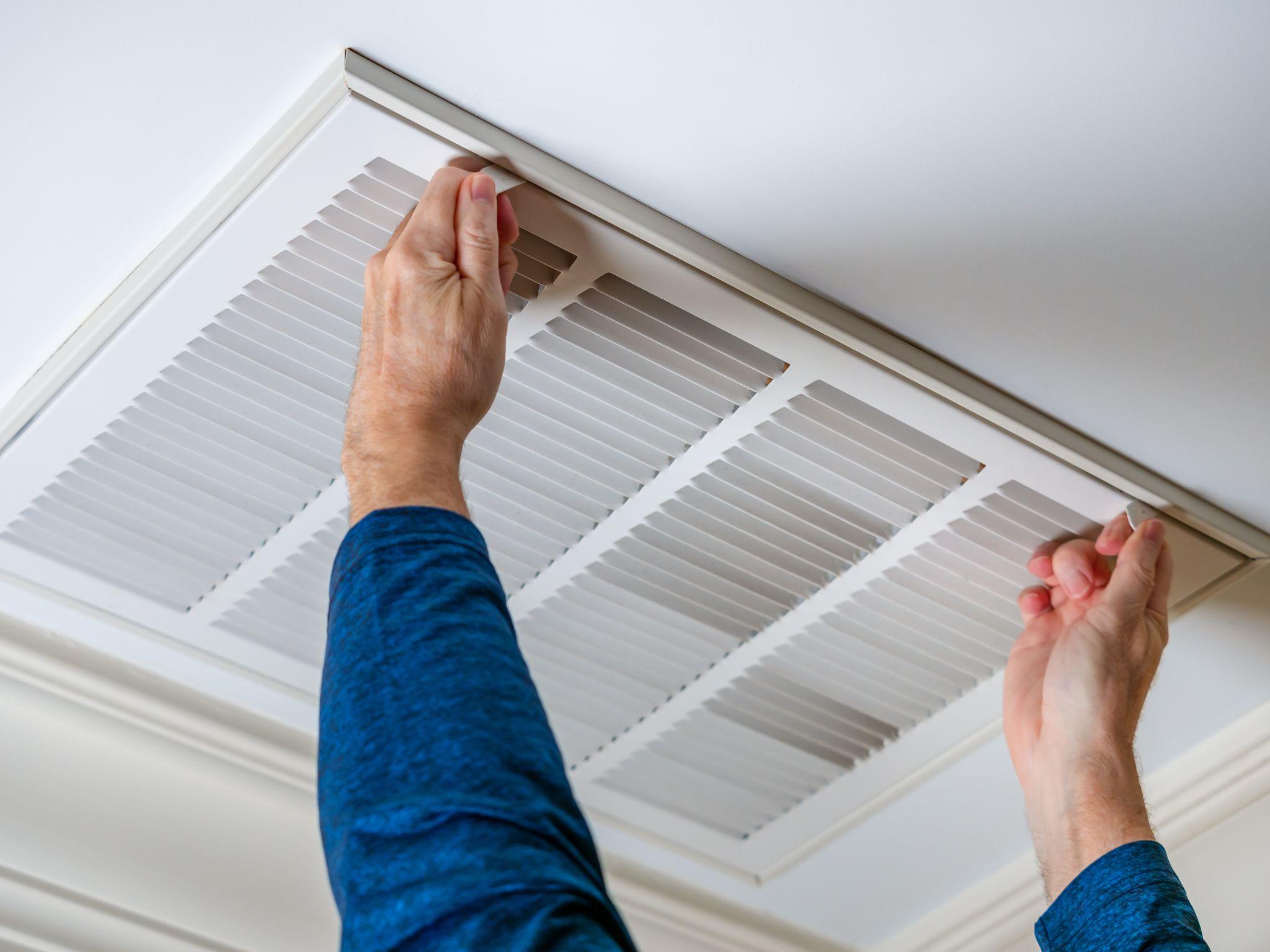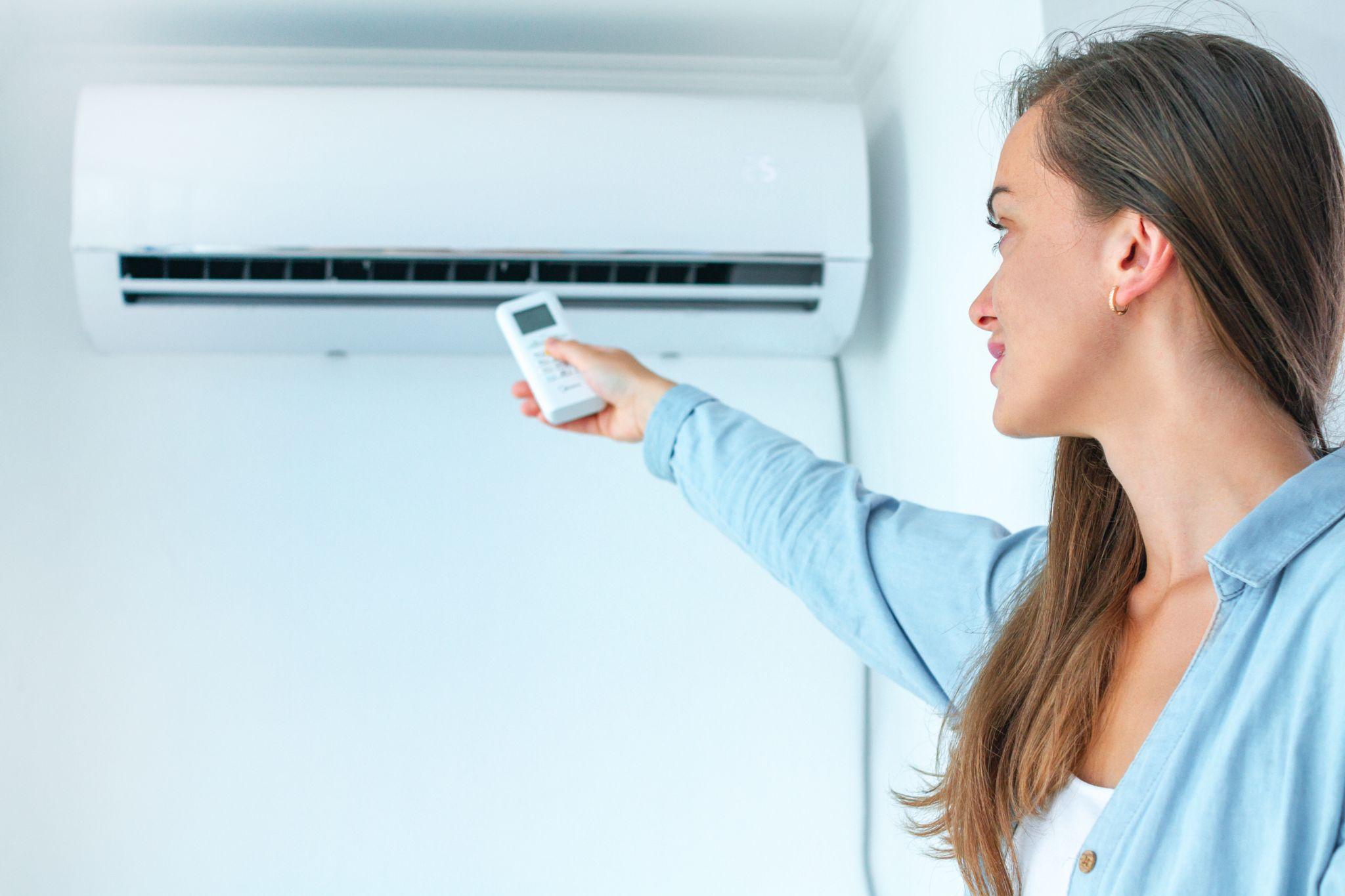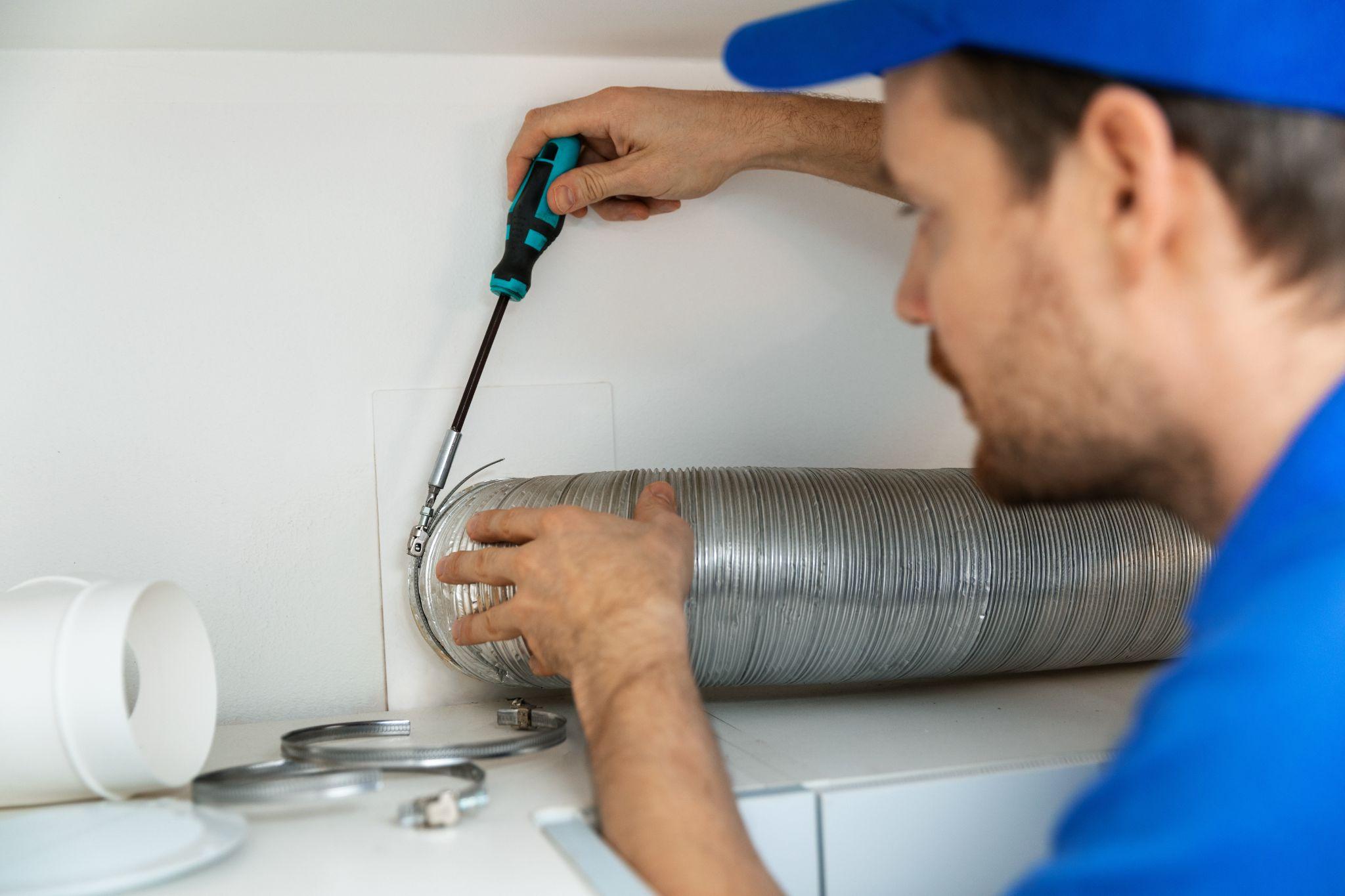Why You Have Poor Airflow Through the Vents in Your Home

Have you noticed poor airflow through the vents in your home? Maybe there is low airflow from certain vents but not others? There can be several causes for poor airflow in HVAC systems. Therefore, it is essential to understand the potential causes for reduced airflow to pinpoint the problem and determine when you need to get assistance from a qualified HVAC technician.
#1. Dirty Air Filters
Dirty air filters will restrict airflow as it returns back through the HVAC system. Since the airflow is reduced, so is the amount of air being blown out of the vents. So, check your air filter and, if it is dirty, replace it with a new air filter to see if that resolves the airflow problems.
#2. Wrong Type of Air Filter
Air filters have different MERV ratings that need to be matched to your HVAC system. If the MERV rating is too high, it will restrict airflow and not allow it to move properly through the system.
Filters with higher MERV ratings have smaller air pores, so your system cannot function correctly. Verify your HVAC system can handle the MERV rating on the air filters you are using. If not, switch to a lower-rated filter compatible with your system.
#3. Undersized HVAC System
A common cause of poor airflow is an undersized HVAC system that is too small for your home. The unit cannot produce the output needed in a forced-air system to the entire house. As a result, you may notice uneven airflow from the HVAC system, with airflow being the strongest in the rooms closest to where the ductwork first enters the home and there being almost no airflow in the rooms farthest from the HVAC system.
To remedy this problem, you need to have your HVAC technician conduct an airflow analysis and determine the proper size HVAC system for your house.
#4. Closed Air Vents
When the air vents are closed, you will not notice any airflow coming out of the vent. So, if you put your hand up by the vent and notice no airflow, the first thing to do is to check to make sure the vent is open. If it is open and there is no airflow, you should check your air filter before calling your HVAC technician.
#5. Dirty Ductwork
Dust, dirt, pet hair, pet dander, and other debris can get into the ductwork. Over time, the accumulation of debris builds up and can start to affect airflow in your home. Another indication to look for to determine if you have dirty ductwork is when your home gets dusty very quickly. If so, you will want to schedule duct cleaning service with your HVAC technician.
#6. Clogged Ductwork
Clogs can occur in ductwork when small critters get into your house. For example, a mouse, rat, opossum, bat, or squirrel could find its way into the ductwork and move in. Unfortunately, when they build nests or simply restrict airflow around them because of their size, you will notice poor airflow through the vents.
To resolve clogged ductwork, you will need to have someone help remove the unwanted critters from your home safely and humanely. Next, they will need to find the entry point where they got into the ductwork. Last, you should have your HVAC technician clean the ductwork and make any necessary repairs.
#7. Air Leaks in the Ductwork
If the ductwork is not sealed correctly, there can be air leaks that allow air to escape rather than being blown into the rooms in your house. Air leaks also allow dust and other debris to be sucked into the system.
So, if you notice you have low airflow from the vents and your house gets dusty much faster when the HVAC system is in operation, you most likely have an air leak. Your HVAC technician can check the airflow pressure to determine if there are air leaks. If there is, they can repair, clean, and reseal the ductwork to eliminate any air leaks.
#8. Misshapen Ductwork
Some homes can have what is known as flex ductwork. This type of ductwork is made from plastic materials and wire rings with a layer of insulation. Another type of flex ductwork is made of metal, much like those flexible pipes used to connect the dryer to the exhaust vent.
As you can imagine, both types of flex ductwork are more prone to damage. They can get bent, kinked, and even broken or torn in places and create low and uneven airflow in HVAC systems. To restore airflow, you would need to replace the part of the damaged flex ductwork.
#9. Ductwork Too Big
Older homes tend to have ductwork with larger diameters that modern HVAC systems do not need to function properly. So, if the ductwork is too big, you will notice a reduction in airflow throughout the house. Of course, the solution for this problem is to decrease the diameter of the ductwork to match what is recommended for your HVAC system.
#10. Insufficient Return Air Vents

Forced air HVAC systems require the air to flow through a closed-loop system. First, the air is blown out of the vents into the rooms in your house. Next, it is drawn out of the house through one or more return air vents to be cycled back through the system.
When your home has insufficient return air vents, airflow is restricted. So, the HVAC system cannot move the proper amount of air through the system.
For example, if you have a two-story house, you should have at least one return air vent on the main floor and one on the second floor. If you only had a single return air vent, the amount of air returned through the system could be insufficient.
As such, the amount of air being forced into the house is not the same as the amount of air being returned. The easiest solution to this problem is to have your HVAC technician install the necessary number of return air vents to ensure proper airflow.
#11. Vent Are Too Small
If the air vents in the rooms in your home are too small, they will restrict the amount of air entering the room when the HVAC system is in operation. Essentially, they create a “bottleneck” since they cannot allow the proper amount of air through the vent.
To resolve this type of HVAC low airflow problem, have your HVAC technician install larger air vents that are the
same diameter as the ductwork.
What if My Airflow Is Too High?

Another type of problem that can occur is too much airflow. While this might seem like a good thing, it can strain the HVAC system and cause it to wear out much faster. Two of the most common causes of poor airflow that is too high include:
- The HVAC system is oversized for your home. An oversized system outputs higher airflow. However, it never gets to peak operation, causing short cycling and energy inefficiency.
- The ductwork in your home is undersized. When the ductwork’s diameter is too small, it will cause the airflow speed to increase. Yet, when the air moves back through the return air vent, the excess “force” the air creates can damage the HVAC system.
Resolving Poor Airflow in HVAC Systems
As you can see, there are several potential causes for poor airflow through vents in your home. While some of the problems might be easier to resolve, like changing your air filter or switching to a lower-rated MERV air filter, others require assistance from a qualified HVAC technician.
To find out why your home has low airflow problems, please feel free to contact Christianson Air Conditioning & Plumbing at 512-246-5400 to schedule an airflow analysis appointment in New Braunfels, Temple, San Antonio, or the Austin Metro Area today!



Sorry, comments for this entry are closed at this time.